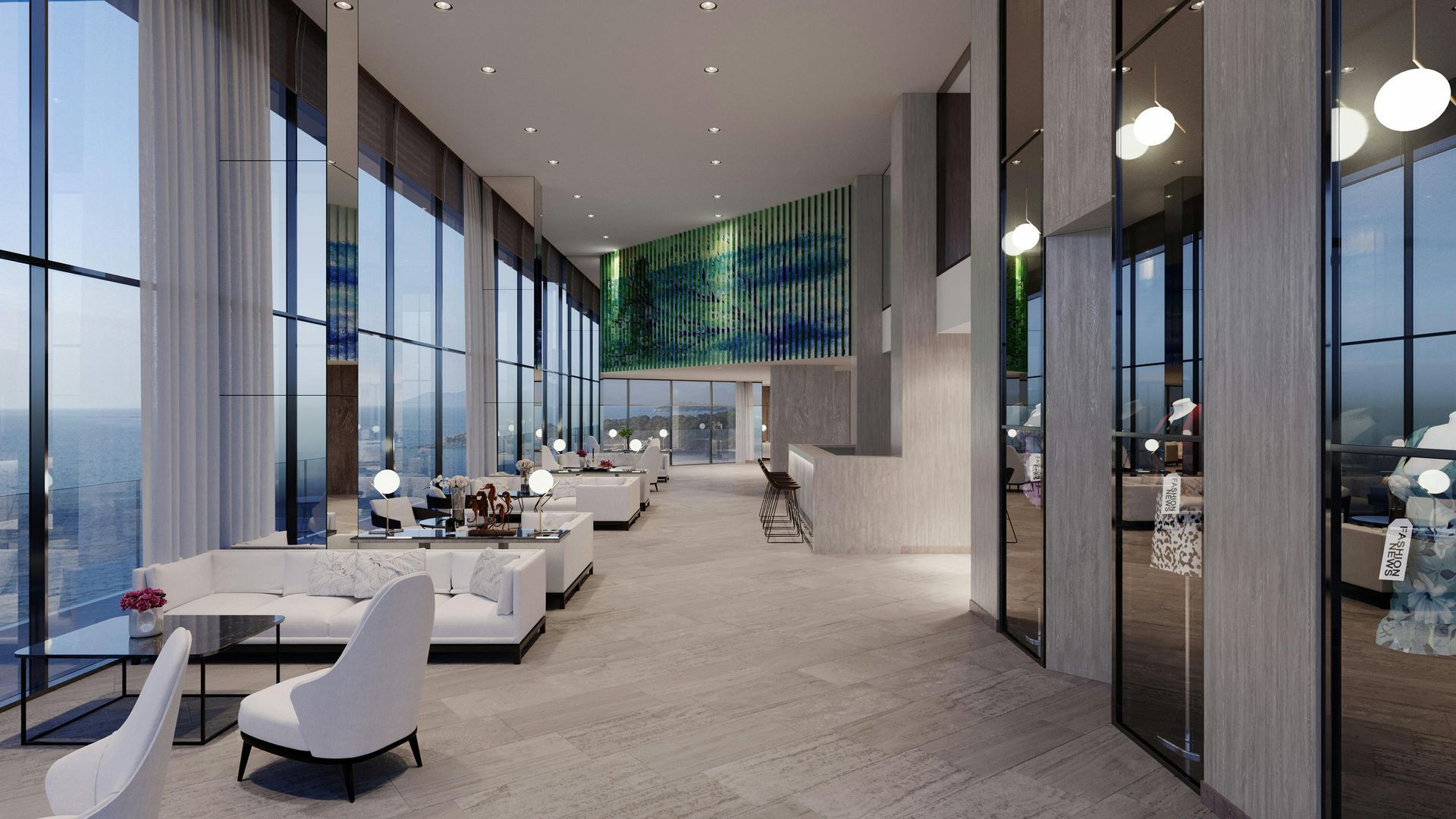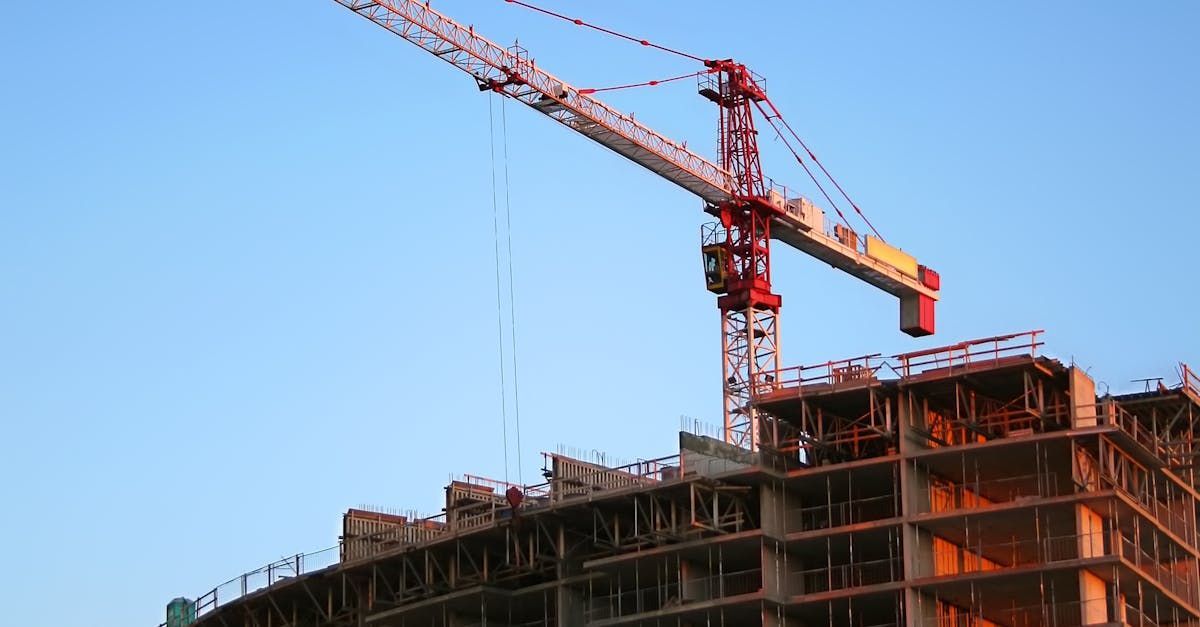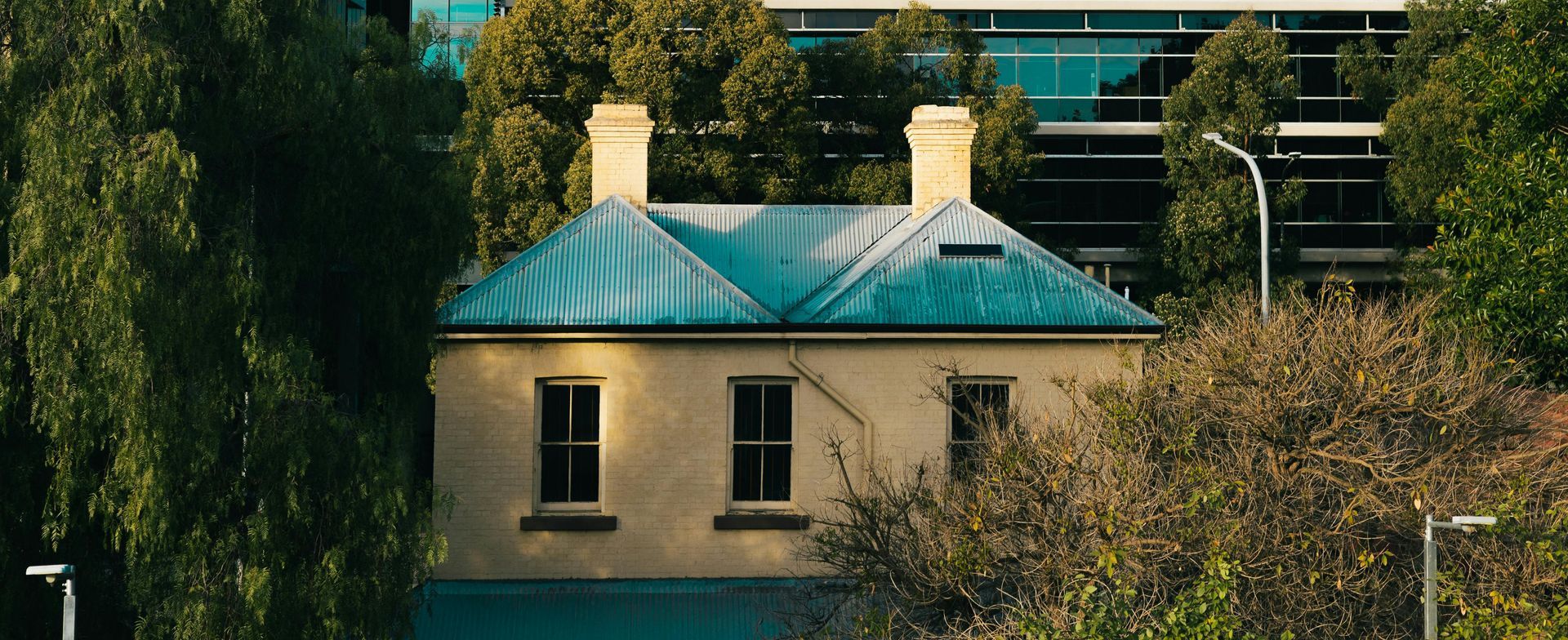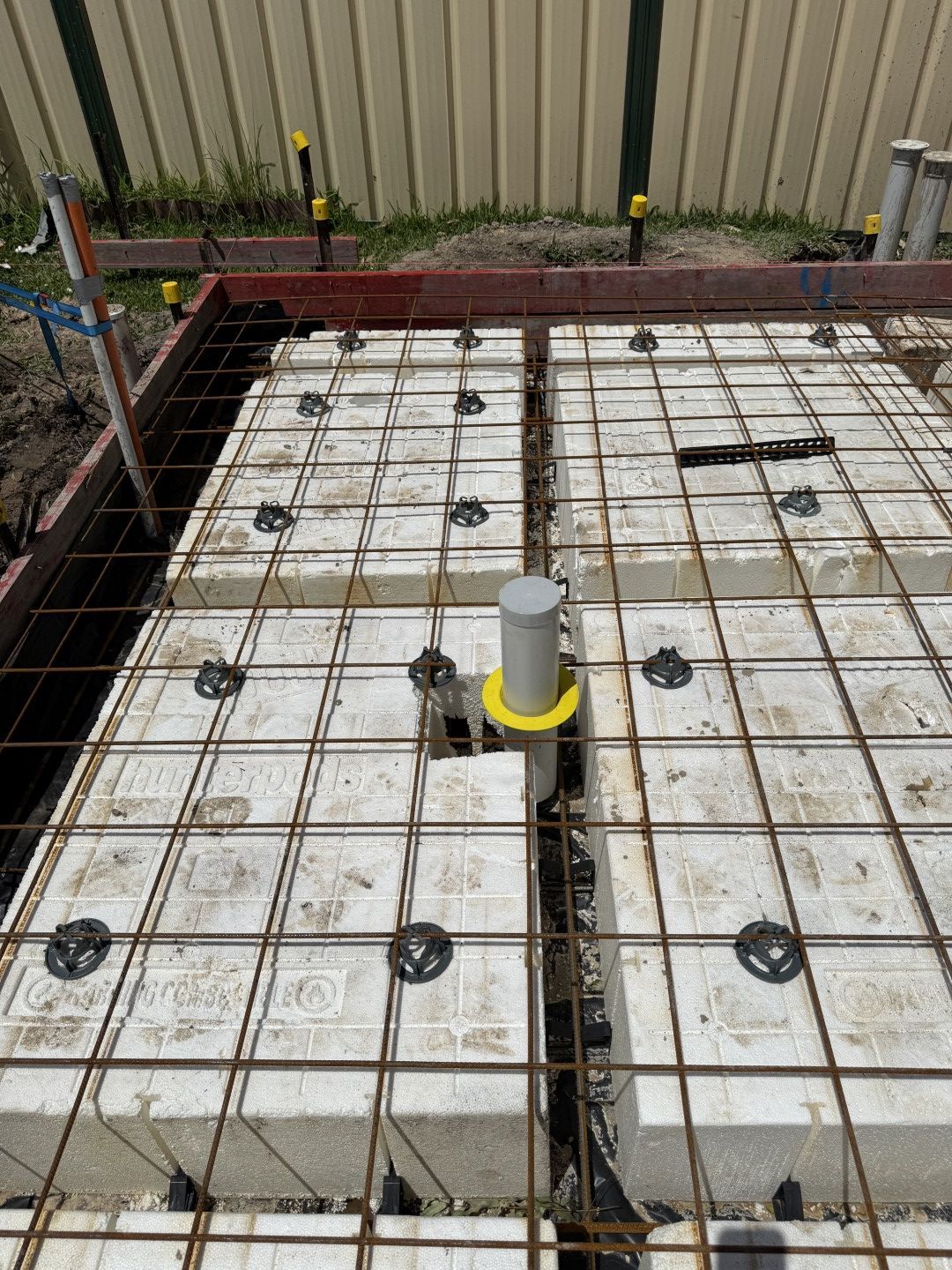Commercial Construction Explained: Types, Phases, & Key Insights
Commercial construction is a vital aspect of the building industry that focuses on creating structures designed for business, industrial, and retail purposes. Unlike residential construction, which deals with homes and private properties, commercial construction involves a broader range of projects that impact how businesses operate and thrive. This comprehensive guide explores the definition, types, key phases, and considerations of commercial construction, providing an in-depth look at this essential sector.
For a growing city like Sydney, commercial construction is integral to meeting the demands of its population and businesses. Companies like ShafBuild are at the forefront of this industry, delivering state-of-the-art commercial projects tailored to client needs, ensuring quality, safety, and sustainability in the construction process.
Understanding Commercial Construction
Commercial construction refers to the process of building or renovating structures intended for business use, including offices, retail spaces, warehouses, industrial buildings, and public facilities. These projects can vary in size and complexity, ranging from small shops to large corporate headquarters or high-rise buildings.
The purpose of commercial construction is to create spaces that facilitate business activities, promote productivity, and comply with industry-specific requirements. It involves working with architects, engineers, contractors, and various specialists to ensure the project meets safety standards, functionality, and regulatory guidelines.
What Makes Commercial Construction Different?
Commercial Construction vs. Residential Construction
One of the primary differences between commercial and residential construction lies in the design, scale, and intended use of the structure. Here’s a comparison to highlight the distinctions:
Aspect
Purpose
Scale and Size
Design and Functionality
Regulatory Compliance
Construction Materials
Commercial Construction
Designed for business use, including offices, shops, and factories.
Large-scale projects, such as office buildings, retail malls, and hotels.
Requires specialized designs for functionality, safety, and business operations.
Must adhere to stricter zoning laws, safety codes, and industry regulations.
Often uses more durable, commercial-grade materials to withstand wear and tear.
Residential Construction
Primarily for private living spaces, including houses and apartments.
Typically smaller-scale projects like single-family homes or apartments.
Focused on comfort, privacy, and residential needs.
Must meet building codes, but with less emphasis on business-related standards.
May use more residential-grade materials focused on aesthetics and comfort.
Why Choose Commercial Construction?
Commercial buildings need to adhere to higher standards of safety, functionality, and accessibility due to their larger scale and public-facing nature. This often involves more complex systems, such as HVAC, plumbing, and electrical systems, tailored to the needs of businesses. Additionally, commercial projects are subject to stricter building codes and safety regulations.
Types of Commercial Construction Projects
Commercial construction encompasses a variety of projects, each with its unique challenges and requirements. Here’s an overview of the most common types of commercial construction projects:
Small-Scale Commercial Construction Projects
Small-scale commercial projects typically include buildings like single-story retail shops, small offices, or restaurants. These types of buildings require careful planning but are often more straightforward compared to larger commercial projects.
Examples:
- Retail stores
- Small cafes and restaurants
- Single-story office buildings
- Small warehouses
Medium-Scale Commercial Construction Projects
Medium-scale projects are typically multi-story buildings that house businesses, offices, or retail establishments. These projects require a larger workforce and more sophisticated project management but remain less complex than large-scale commercial constructions.
Examples:
- Multi-story office buildings
- Shopping Centres and plazas
- Restaurants with multiple floors
- Small to mid-sized hotels
Large-Scale Commercial Construction Projects
Large-scale projects are the backbone of the commercial construction industry. These projects often span several years and require extensive planning, financing, and expertise. Large-scale commercial constructions usually involve high-rise buildings, industrial complexes, and large public infrastructure.
Examples:
- Skyscrapers and high-rise office buildings
- Shopping malls and mixed-use developments
- Large industrial facilities and factories
- Airports, train stations, and other major infrastructure projects
Key Phases in a Commercial Construction Project
A commercial construction project is divided into several key phases, each with distinct tasks and responsibilities. Here’s a breakdown of each phase:
1. Pre-Construction Phase
The pre-construction phase is where the planning and design take place. This stage involves discussions between architects, engineers, contractors, and the client to ensure that the project meets the desired goals and requirements.
Key Tasks:
- Site selection and assessment
- Permits and regulatory approvals
- Design development
- Budget planning and project timeline creation
2. Construction Phase
Once the plans are Finalised and the necessary permits are obtained, the construction phase begins. This stage involves the actual building of the structure, including foundation work, framing, electrical and plumbing installation, and exterior finishes.
Key Tasks:
- Excavation and site preparation
- Foundation and structural work
- Installation of mechanical, electrical, and plumbing systems
- Roofing, walls, and facades
3. Post-Construction Phase
After the building is completed, the post-construction phase ensures that all details are Finalised before the structure is ready for occupancy. This phase includes inspections, final touches, and handover to the client.
Key Tasks:
- Final inspections and approvals
- Punch list completion (minor fixes)
- Client walkthrough and handover
- Documentation of warranties and guarantees
Key Considerations in Commercial Construction
1. Safety Standards in Commercial Construction
Safety is one of the most critical aspects of any construction project. Commercial construction sites must follow strict safety regulations to protect workers and ensure compliance with local laws. Safety standards cover everything from scaffolding to fire prevention and equipment safety.
Key Safety Regulations Include:
- Safe Work Australia guidelines
- OSHA (Occupational Safety and Health Administration) regulations
- Use of personal protective equipment (PPE)
- Fall protection measures
2. Sustainability in Commercial Construction
Sustainability has become an essential consideration in modern commercial construction. Clients and businesses are increasingly seeking energy-efficient buildings, using sustainable materials, and reducing environmental impact.
Sustainable Practices:
- Use of green building materials (e.g., recycled steel, bamboo)
- Solar power and energy-efficient lighting systems
- Waste reduction strategies during construction
- LEED (Leadership in Energy and Environmental Design) certification
3. Technology and Innovation in Commercial Construction
Technology plays a huge role in modern commercial construction. From project management software to Building Information Modeling (BIM), innovative tools help improve efficiency, reduce costs, and ensure the accuracy of designs.
Technological Advancements:
- BIM for virtual design and planning
- Drones for site surveys and monitoring
- Augmented reality (AR) for construction visualisation
- 3D printing for custom building components
Why Choose ShafBuild for Your Commercial Construction Project?
At ShafBuild, we are committed to delivering top-quality commercial construction projects that meet your needs, exceed expectations, and follow the highest industry standards. Our team of experts brings years of experience and in-depth knowledge of the commercial construction industry to every project.
Our Expertise in Commercial Construction
With years of experience in the field, we specialise in a range of commercial construction services, from small-scale retail spaces to large-scale industrial complexes. Our team ensures that every project is completed on time, within budget, and with meticulous attention to detail.
Our Commitment to Safety and Sustainability
We Prioritise safety and sustainability in every project we undertake. By following stringent safety protocols and incorporating eco-friendly practices, we ensure that our commercial buildings are both functional and responsible.
Client Testimonials & Case Studies
Our track record speaks for itself. We have successfully completed our numerous commercial projects across Sydney, earning trust and praise from clients. Check out our case studies and testimonials to learn more about how we deliver results.









